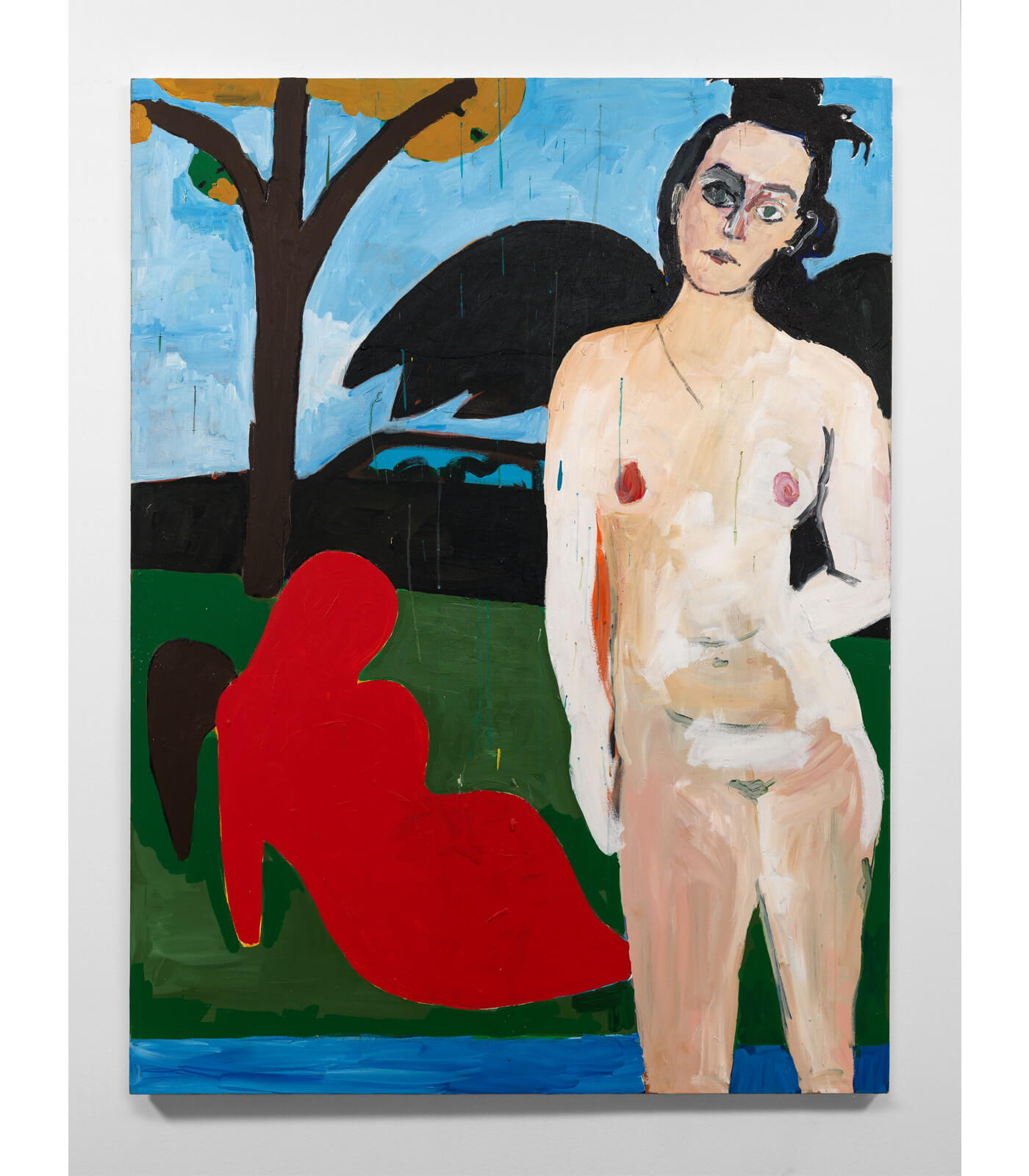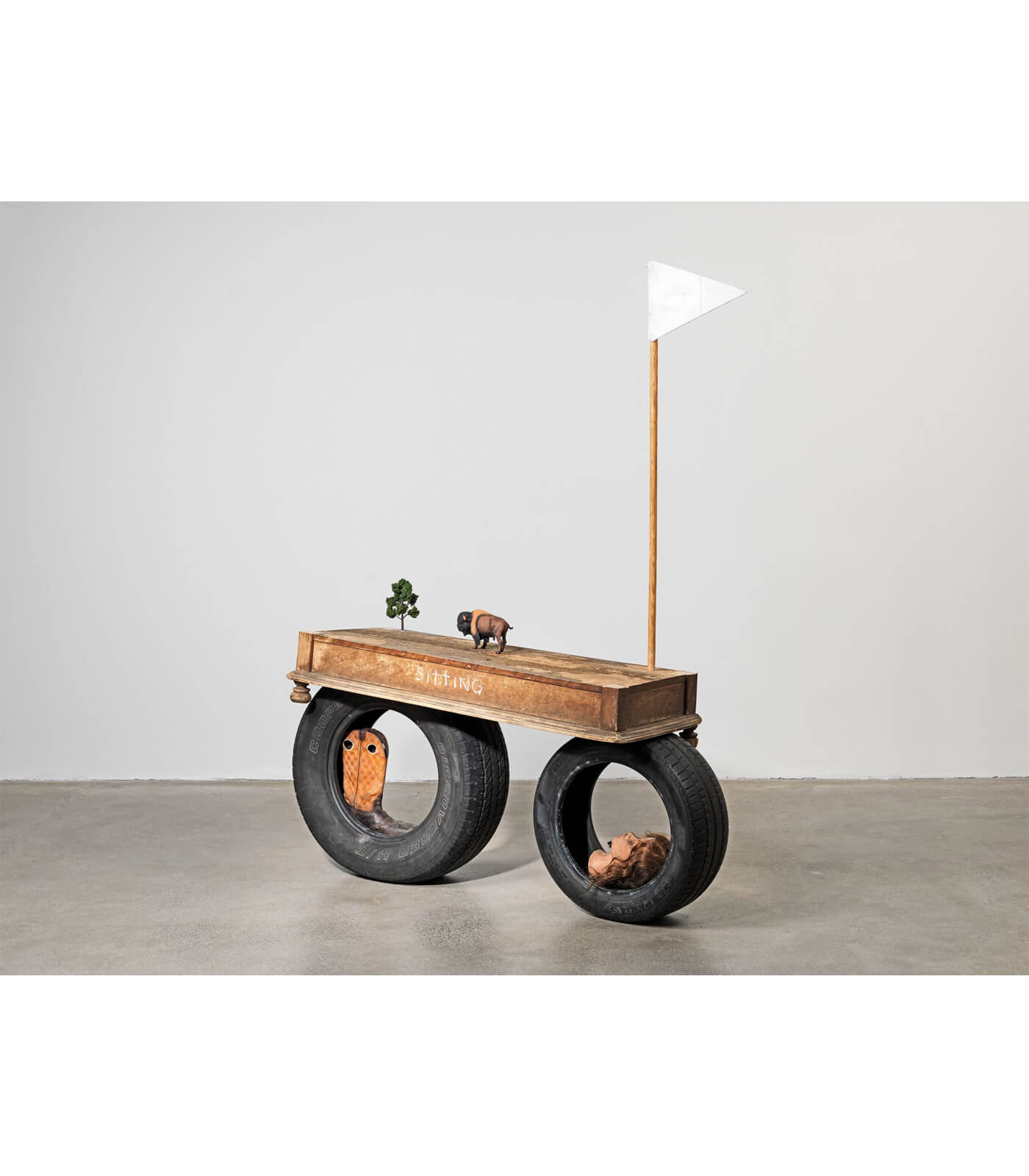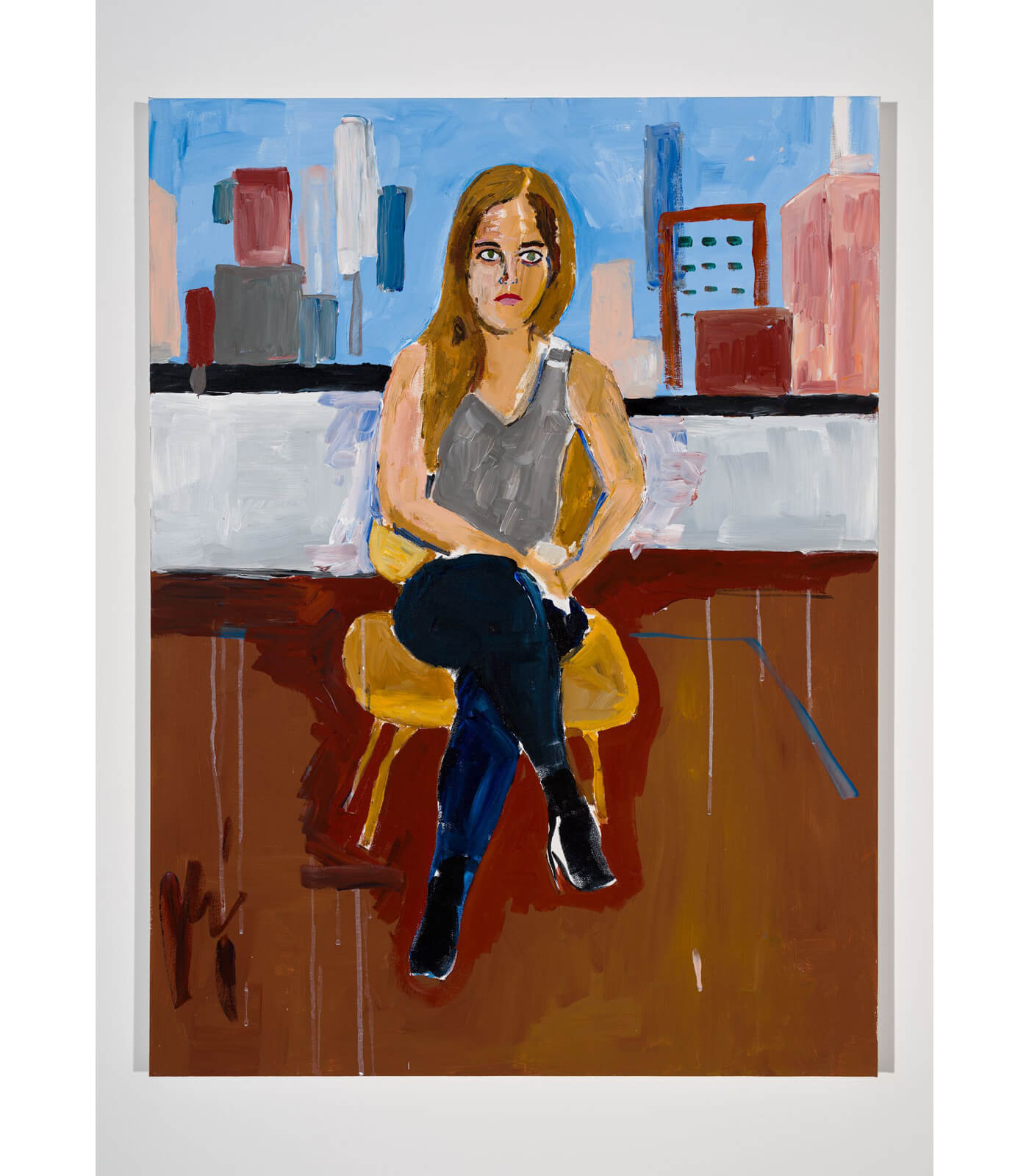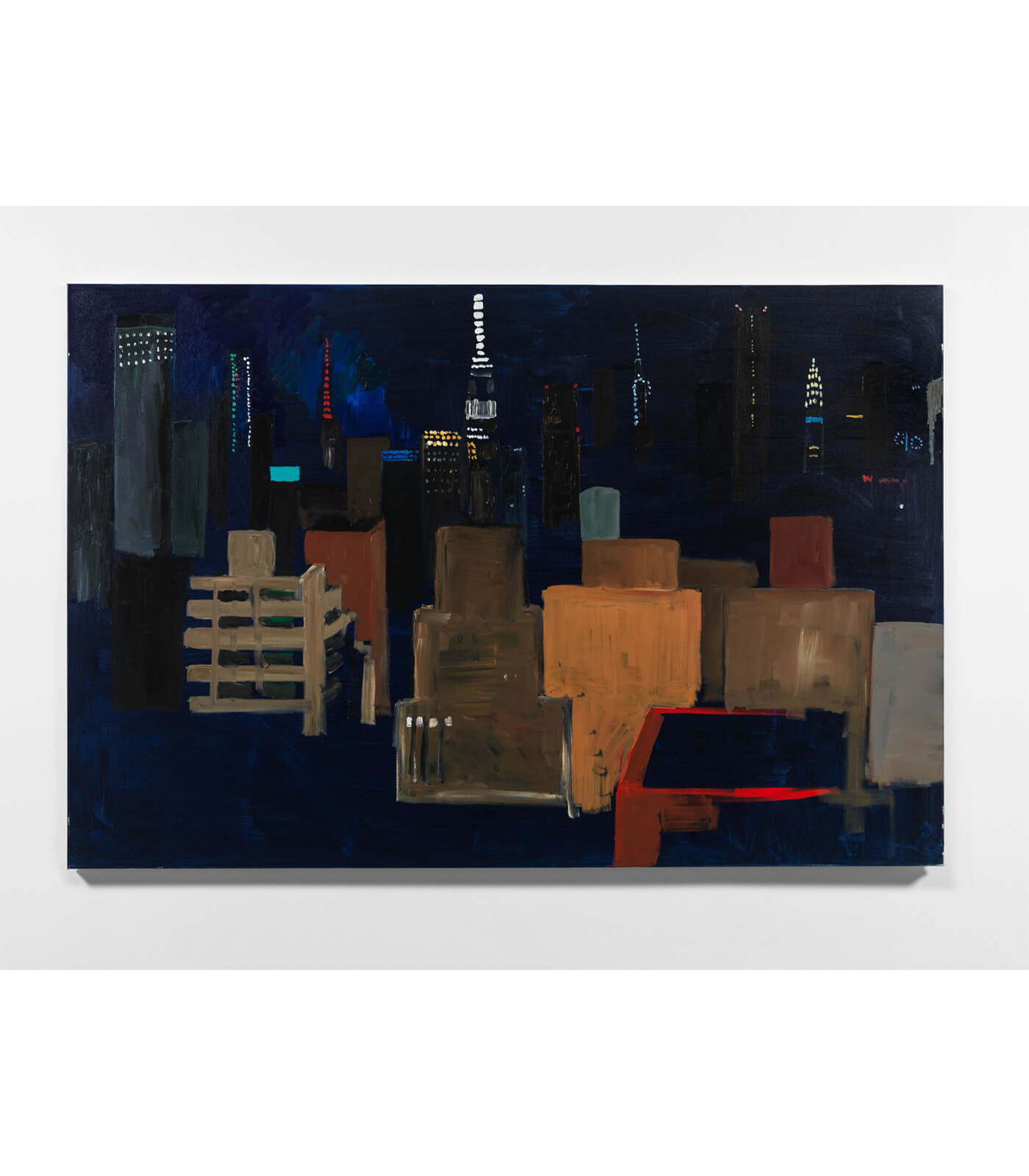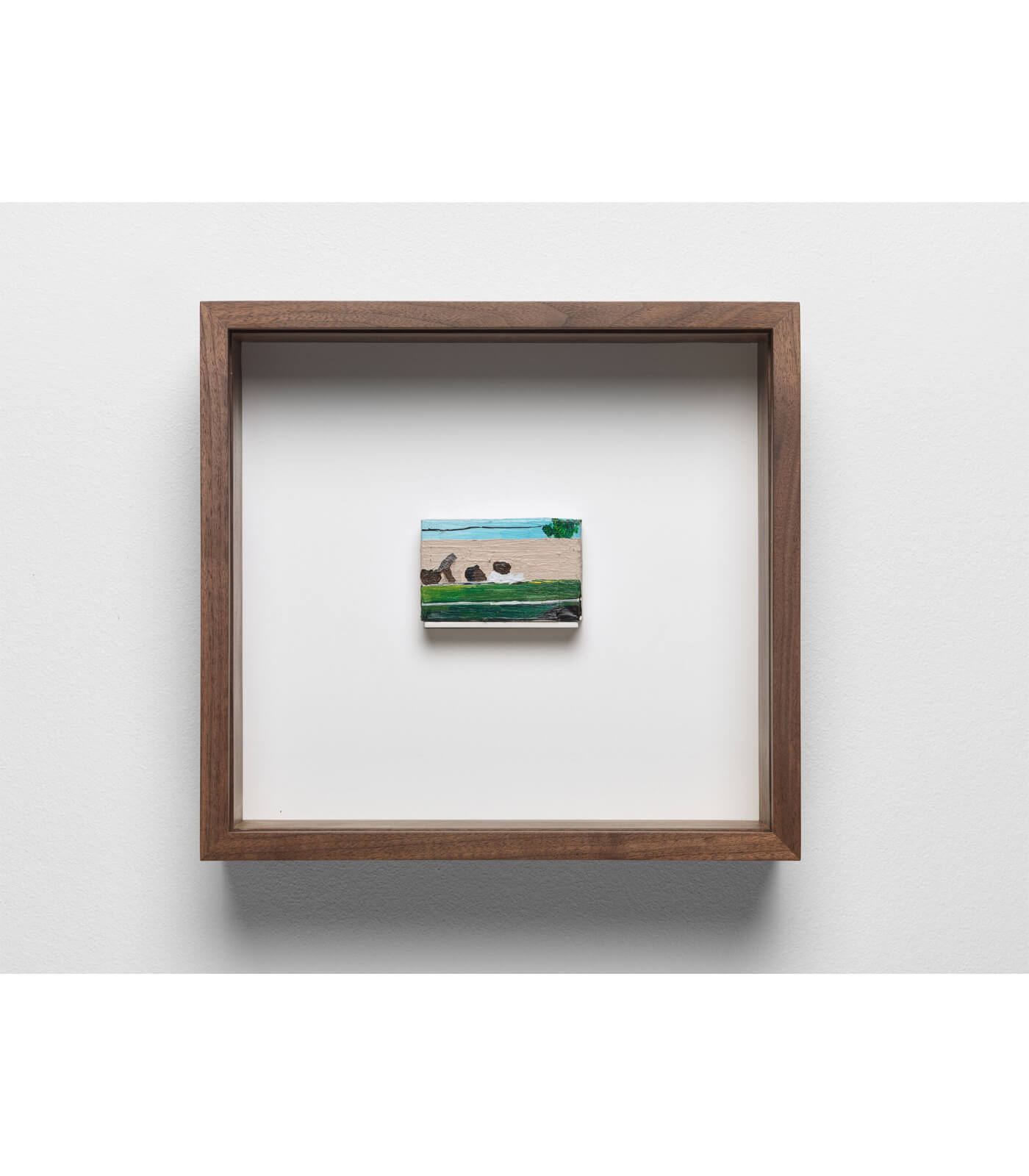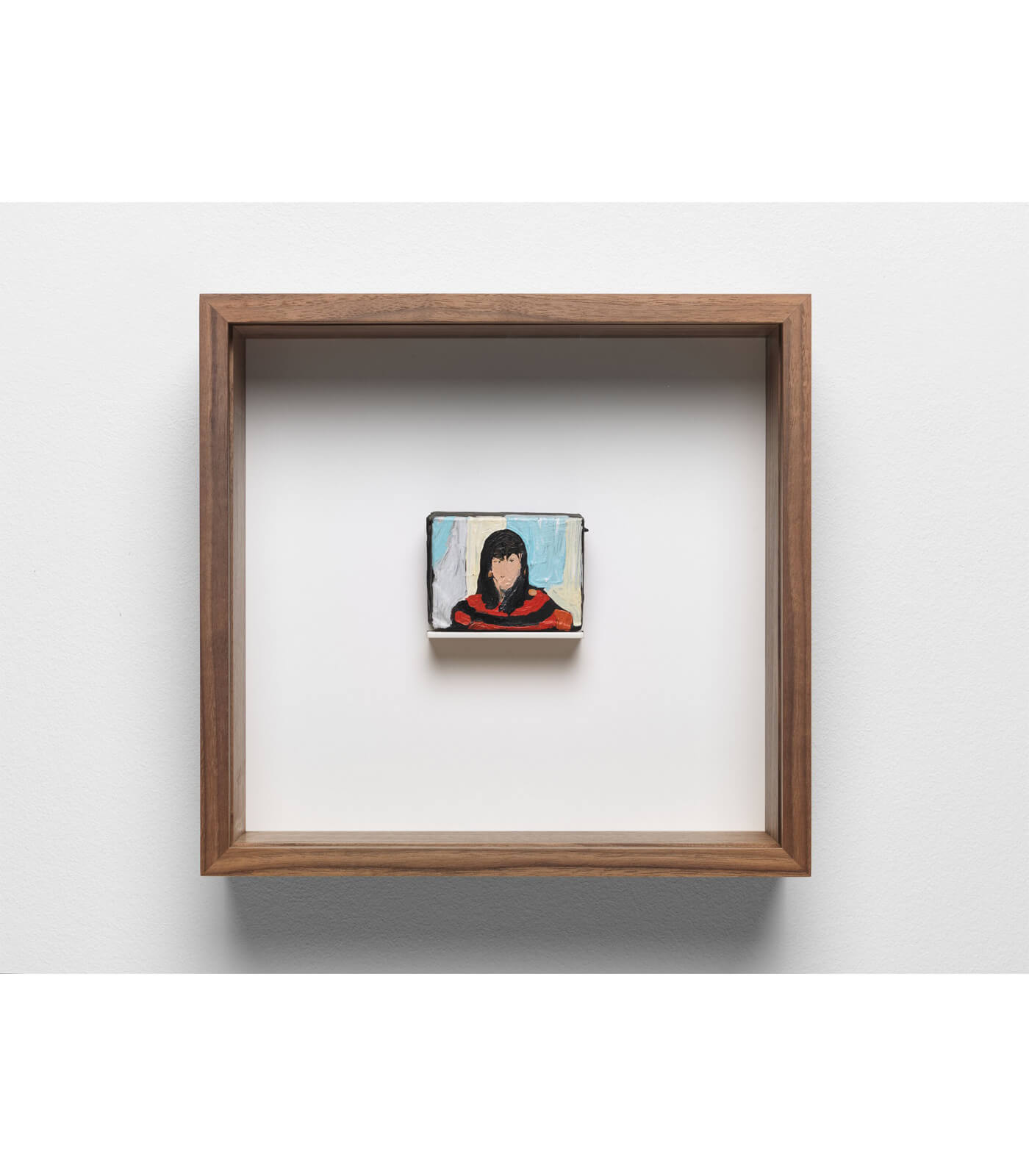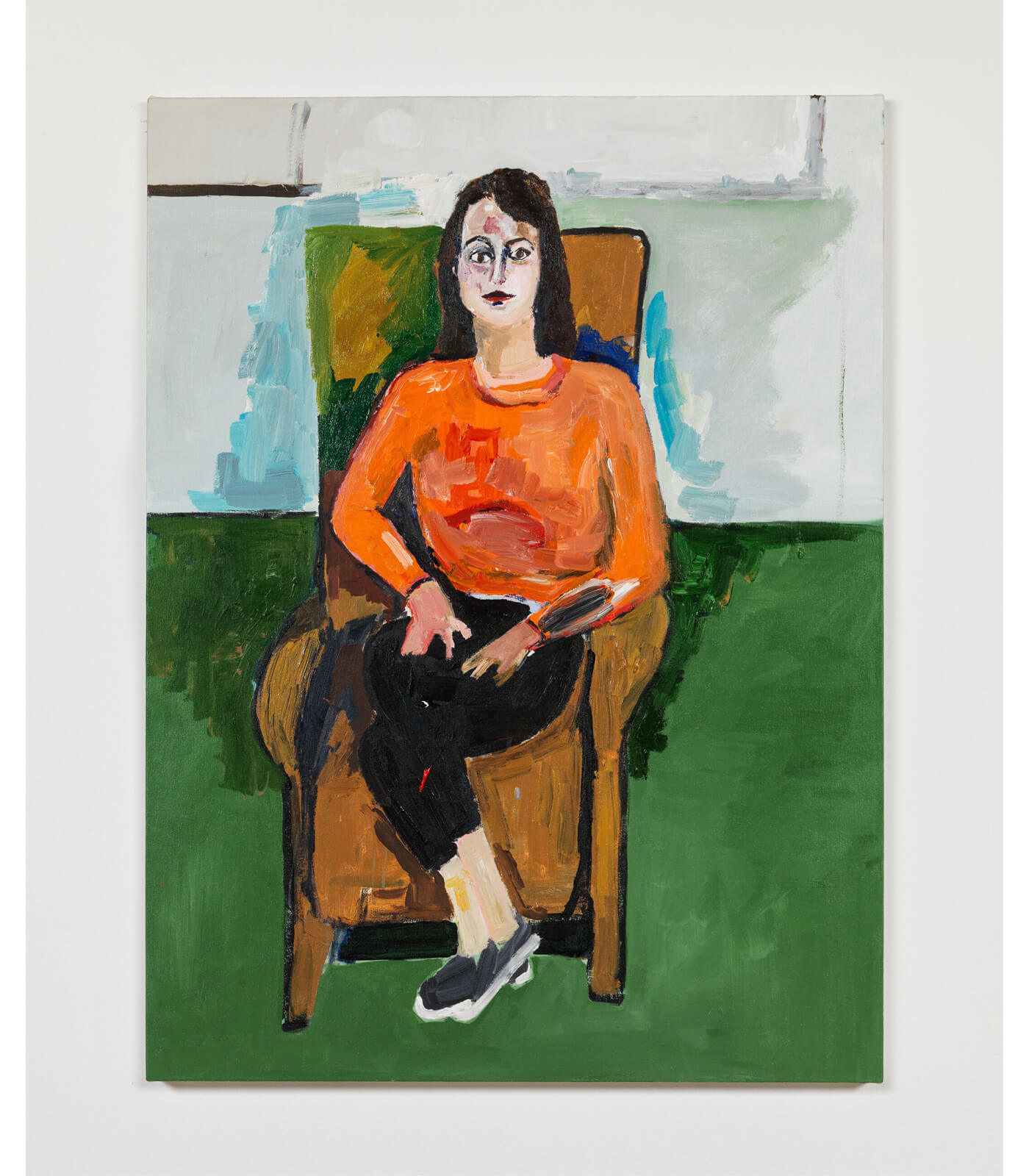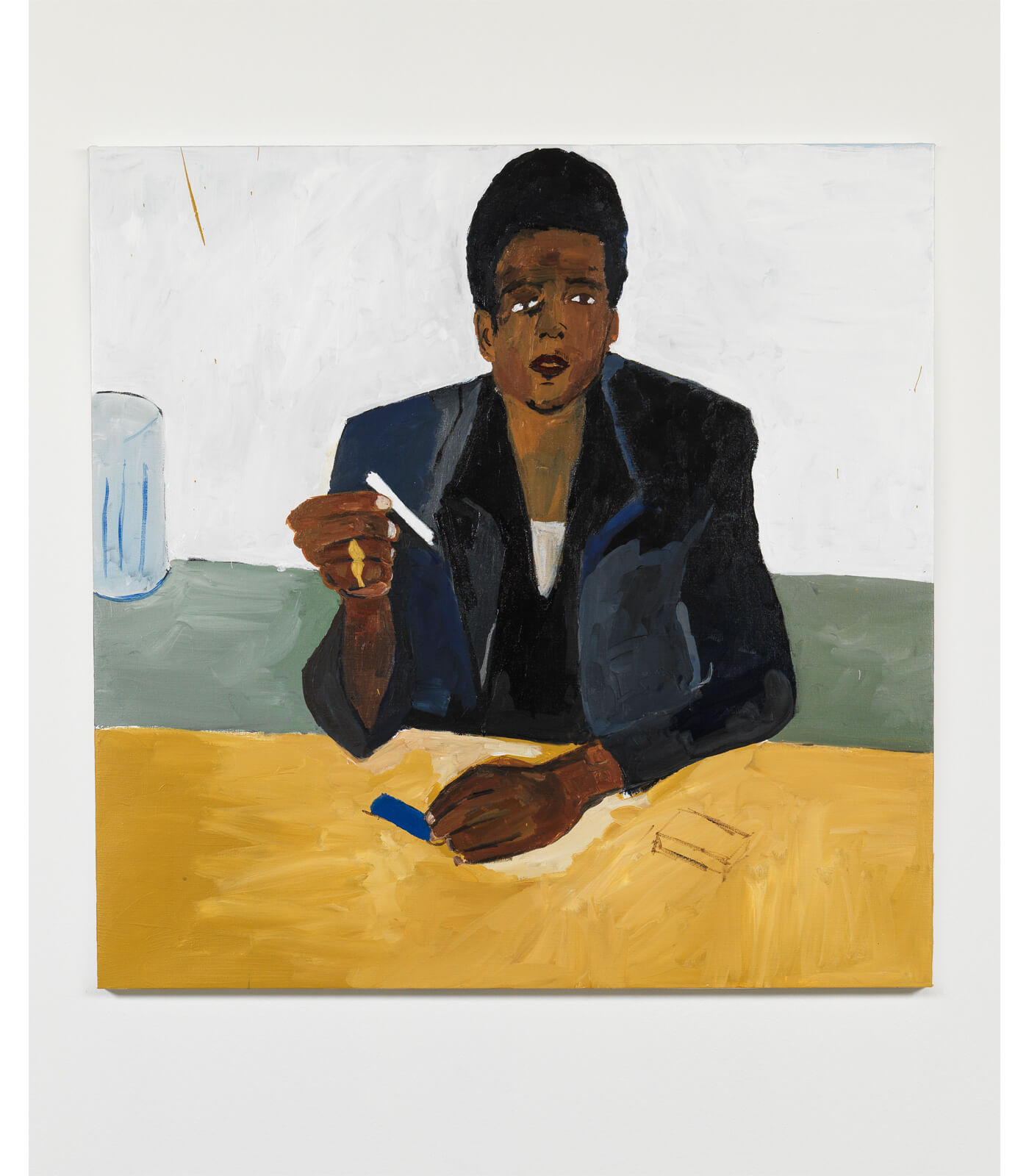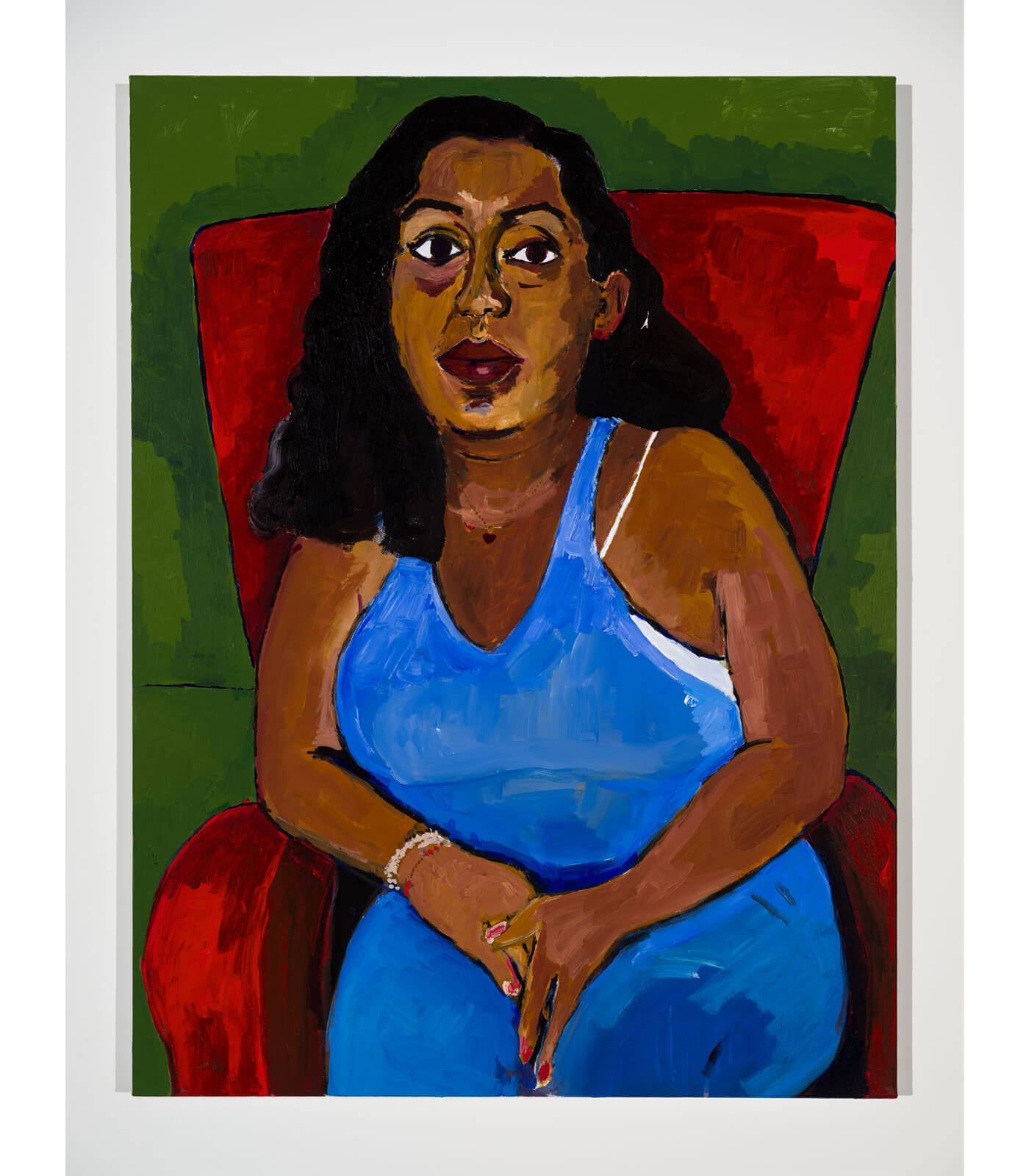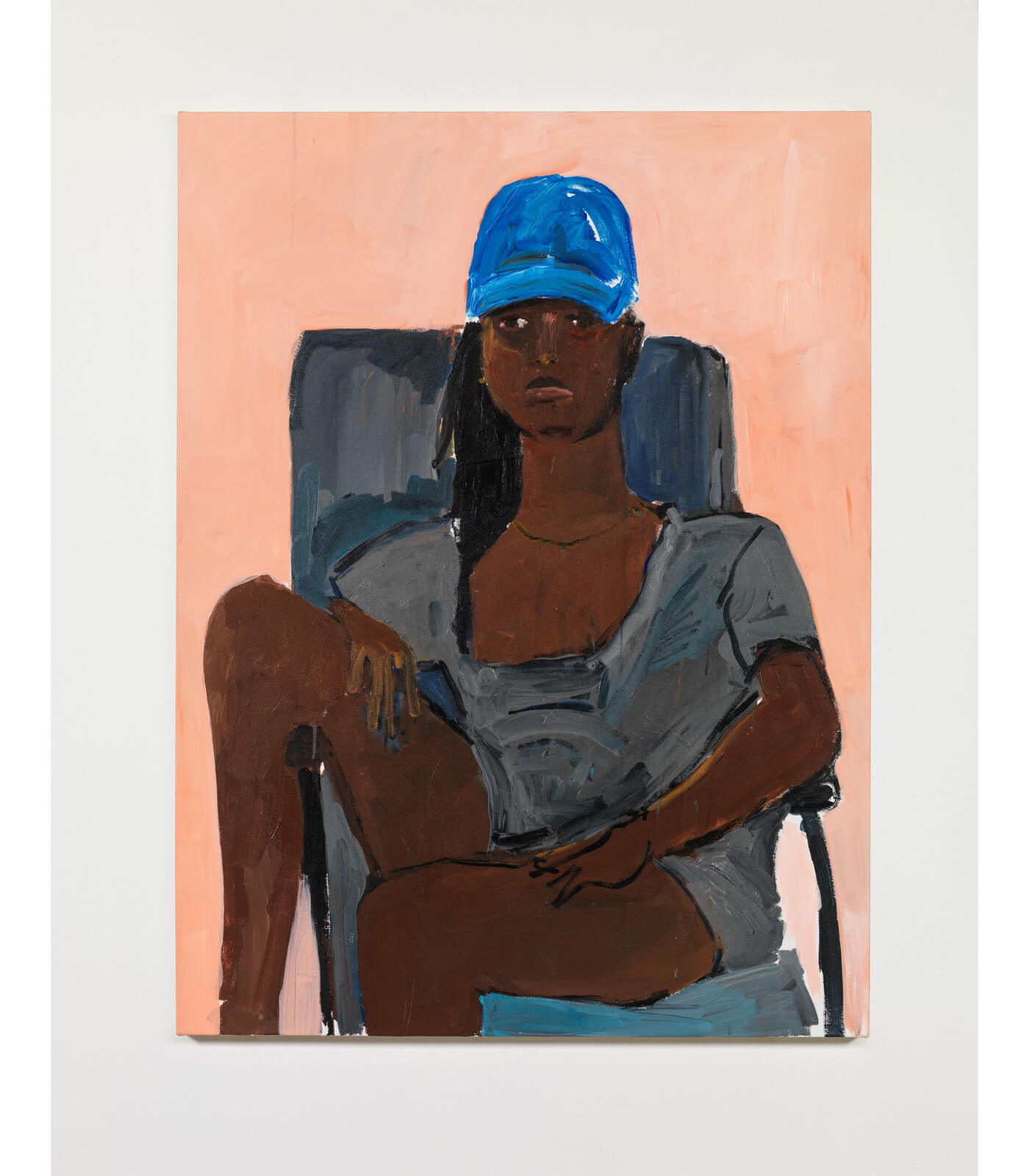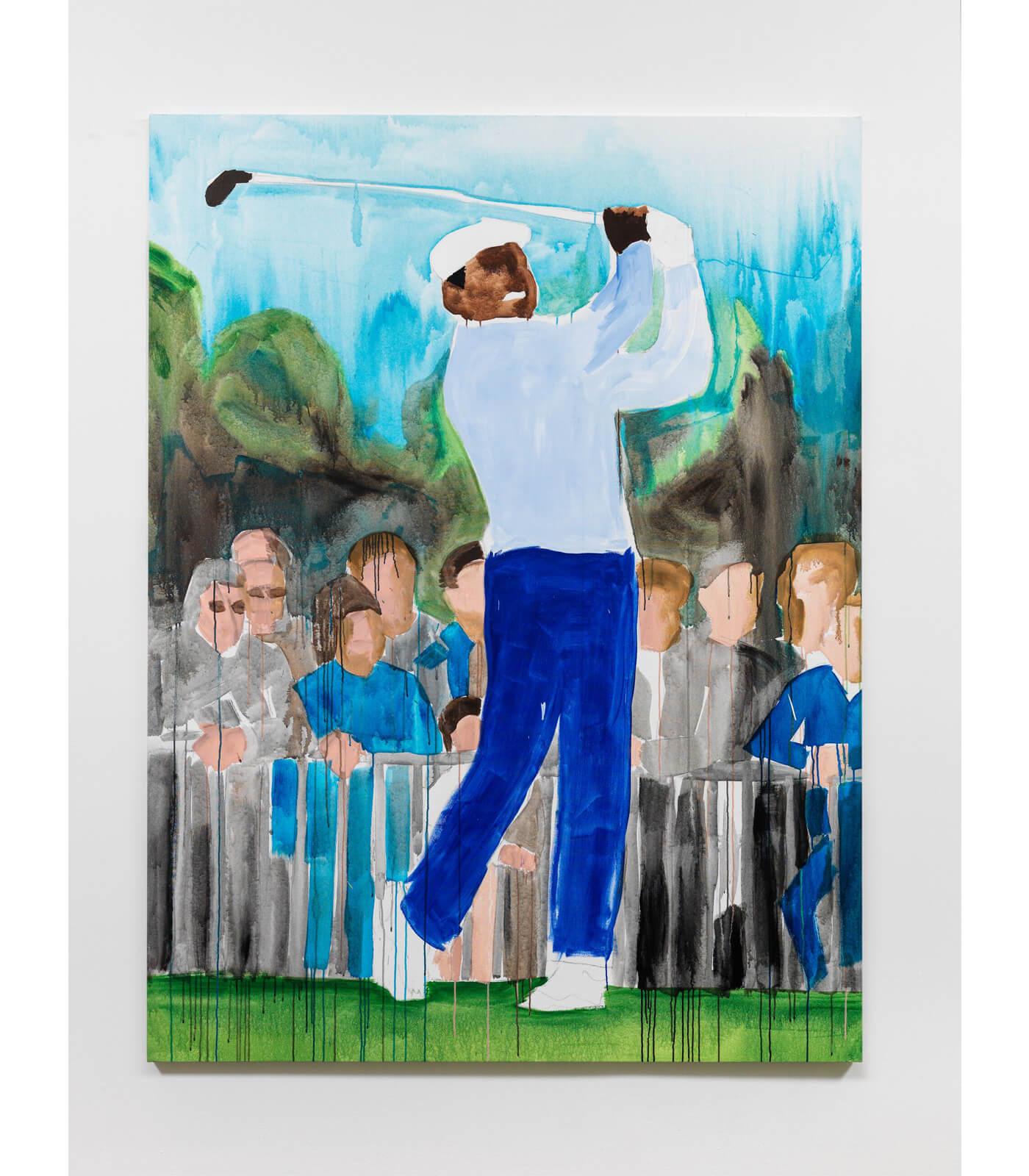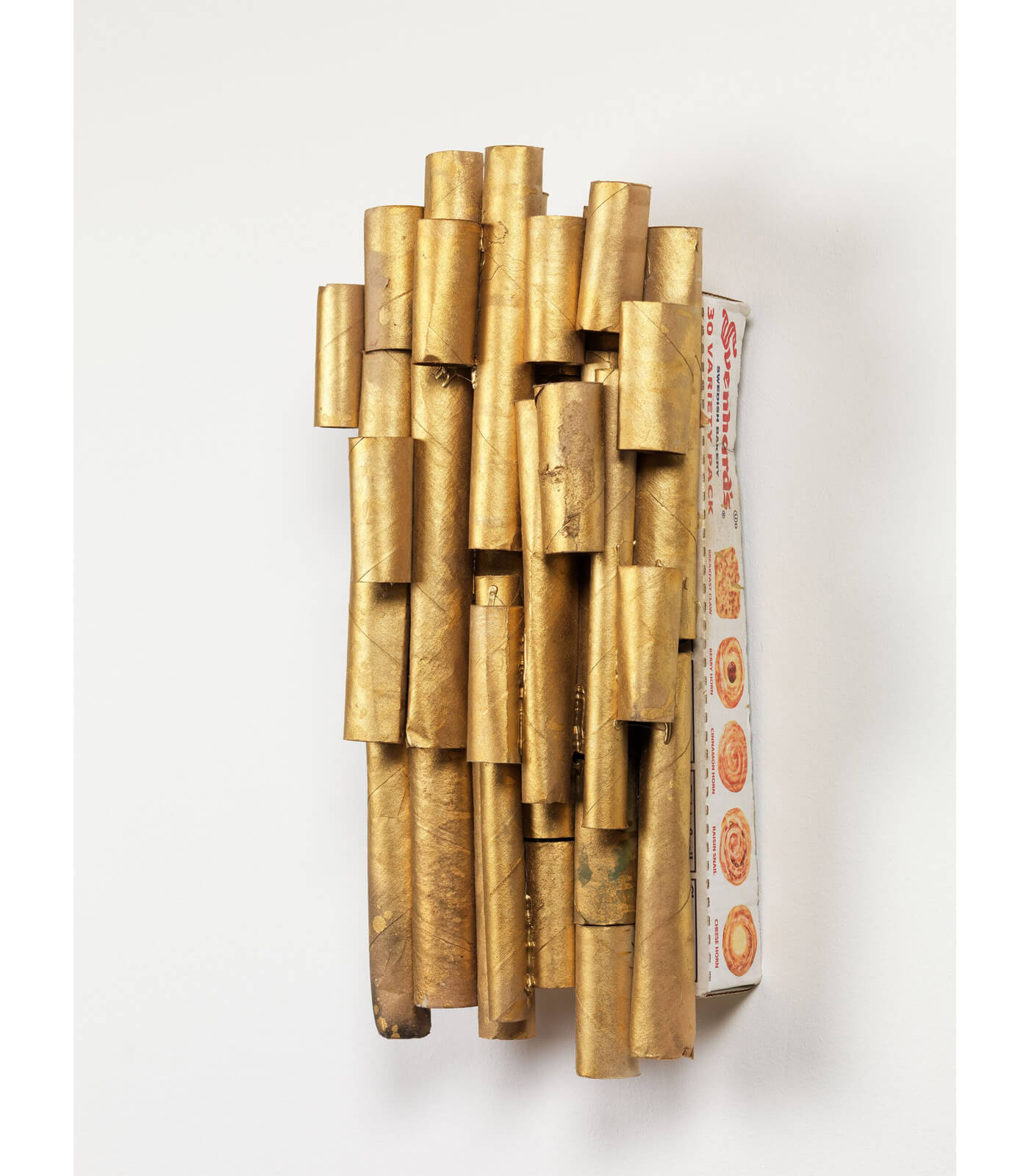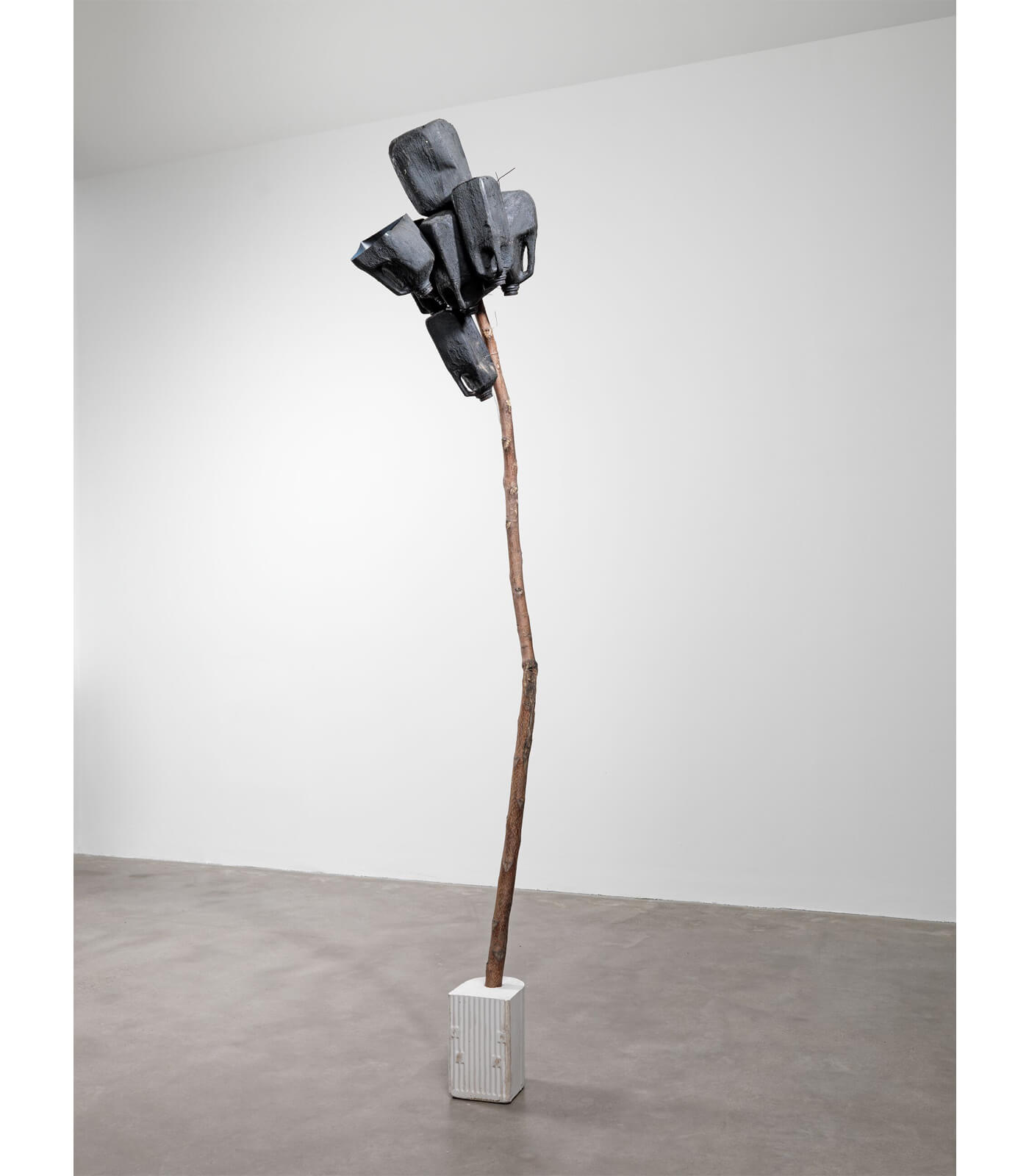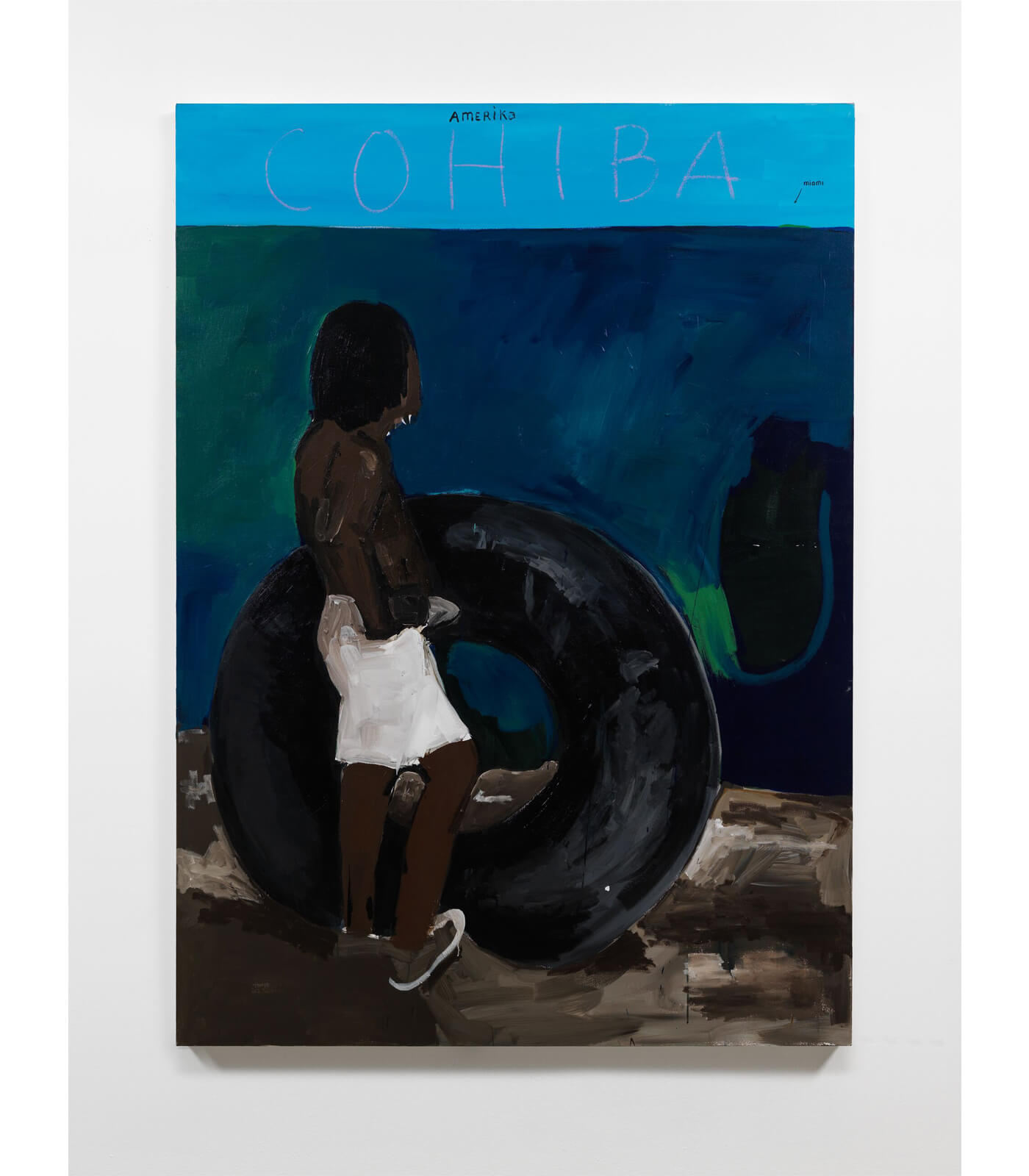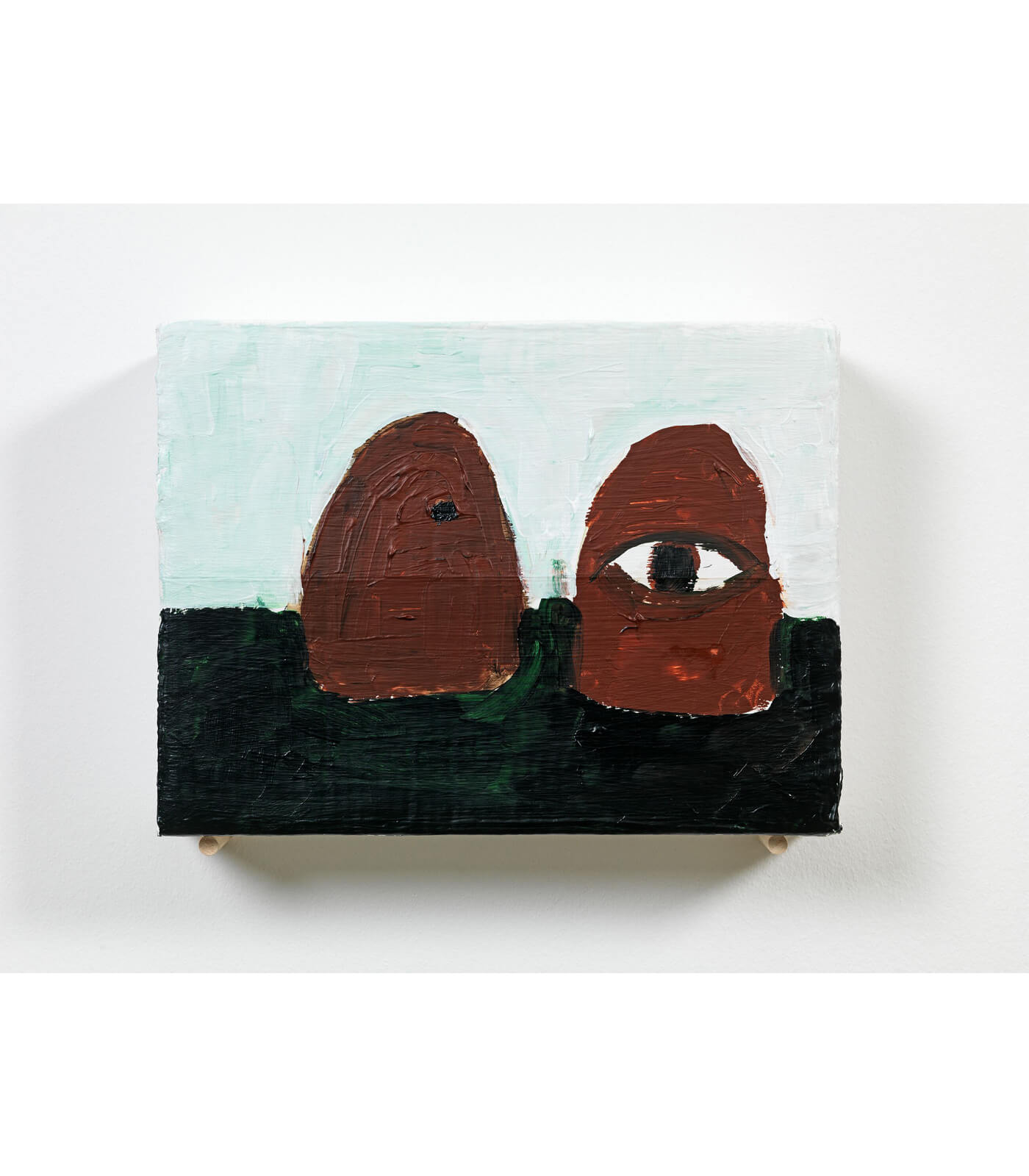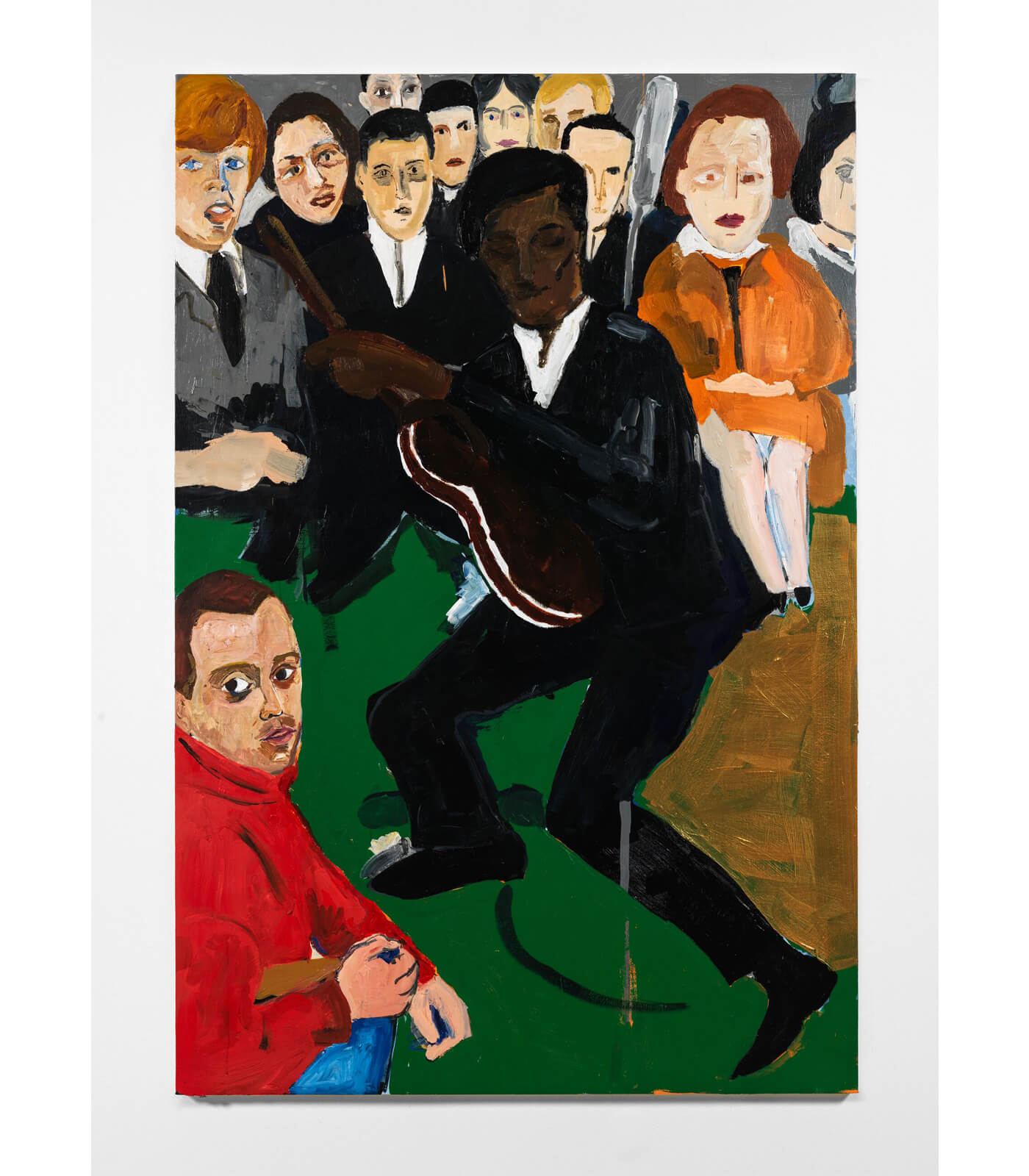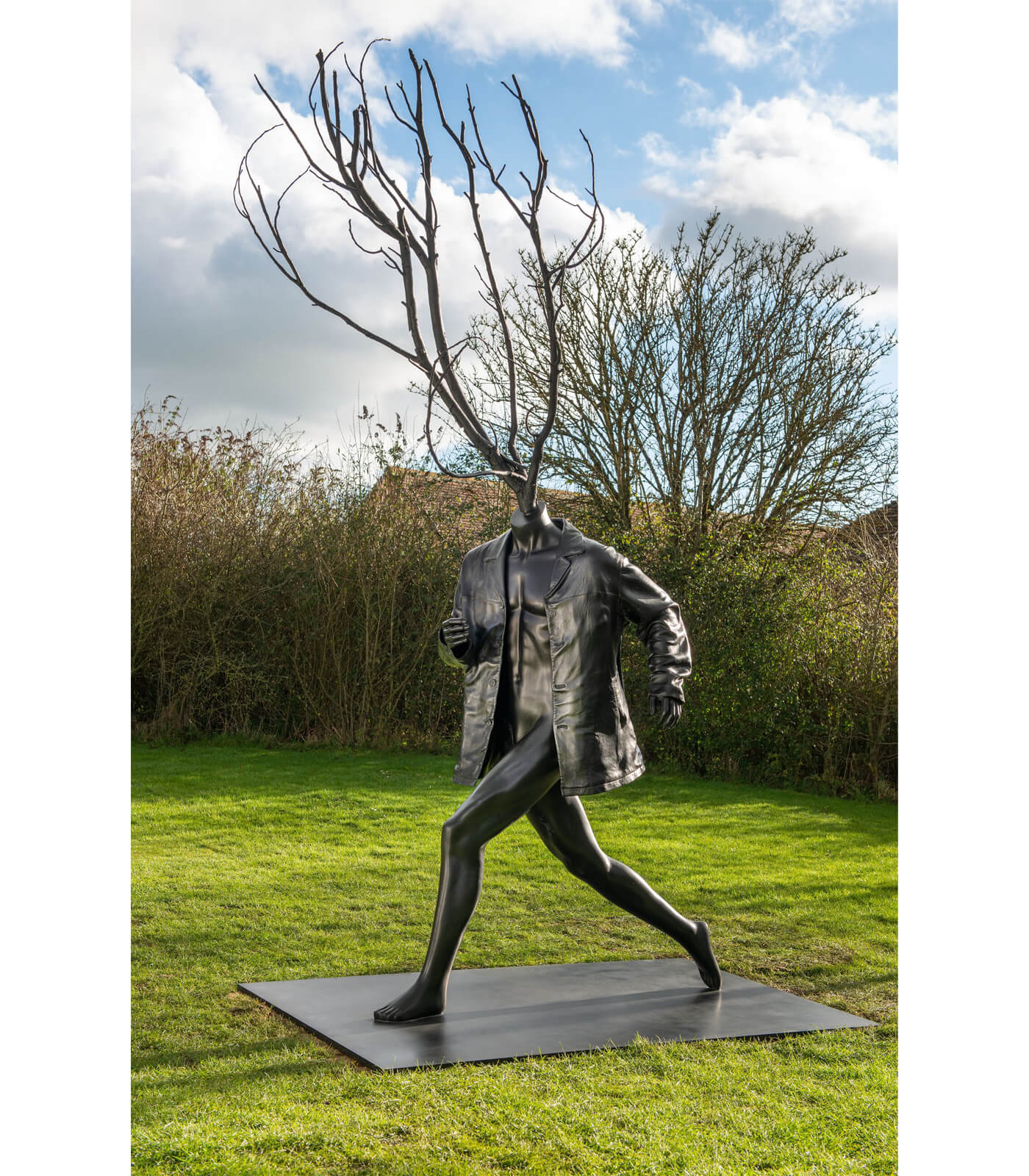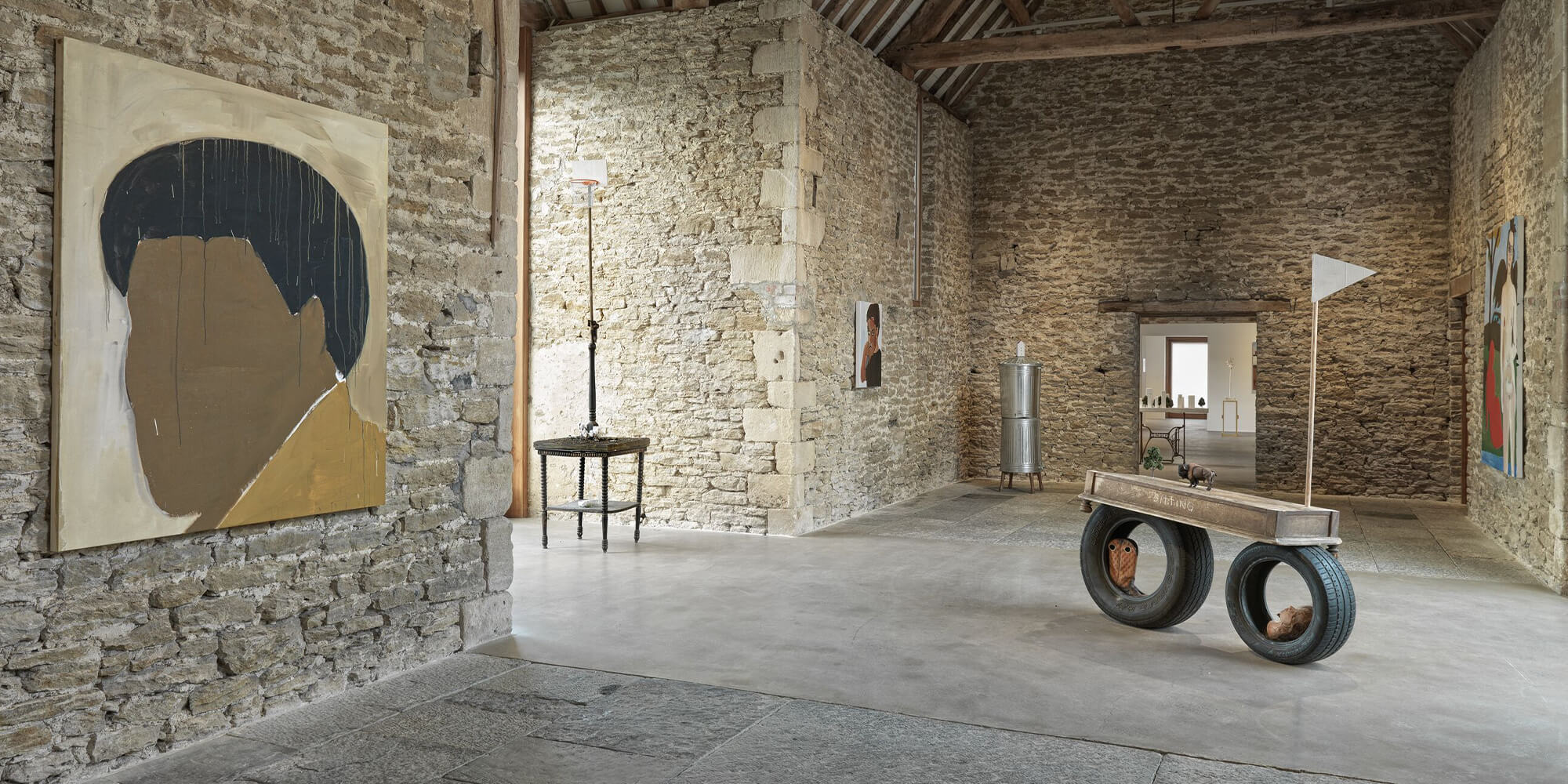
Henry Taylor
26 February – 6 June 2021
Somerset
Henry Taylor culls his cultural landscape at a vigorous pace, creating a language entirely his own from archival and immediate imagery, disparate material and memory. Through a process he describes as ‘hunting and gathering,’ Taylor transports us into imagined realities that interrogate the breadth of the human condition, social movements and political structures.
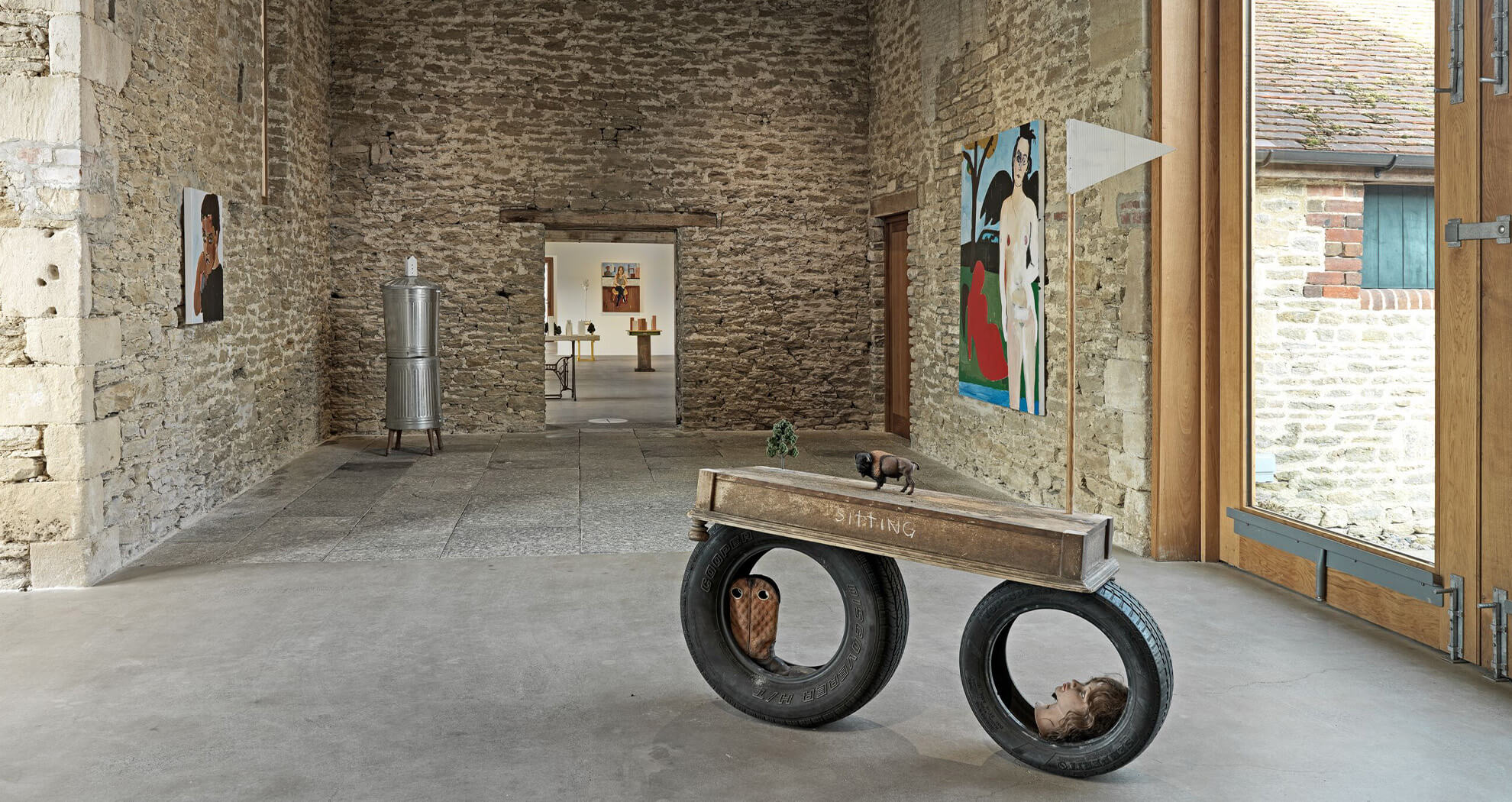
Explore the exhibition
For his inaugural exhibition with Hauser & Wirth, the American artist has taken over all five galleries in Somerset to present a major body of sculptural work and paintings evolving in unison across the spaces. Throughout his four-decade long career, Taylor has consistently and simultaneously both embraced and rejected the tenets of traditional painting as well as any formal label. He has amassed a staggering body of highly personal work rooted in the people and communities closest to him, often manifested alongside poignant historical or pop-cultural references.
This exhibition contains language that some may find challenging

Taylor’s lean towards standalone sculpture over the past decade has allowed him to reconfigure commonplace objects into stories of his own lived history. Throughout the first two galleries we journey through new installations made over the past six months, including a series of tabletop sculptures that relate directly to the landscape of a city, urban planning and an altered perspective looking down into housing projects.
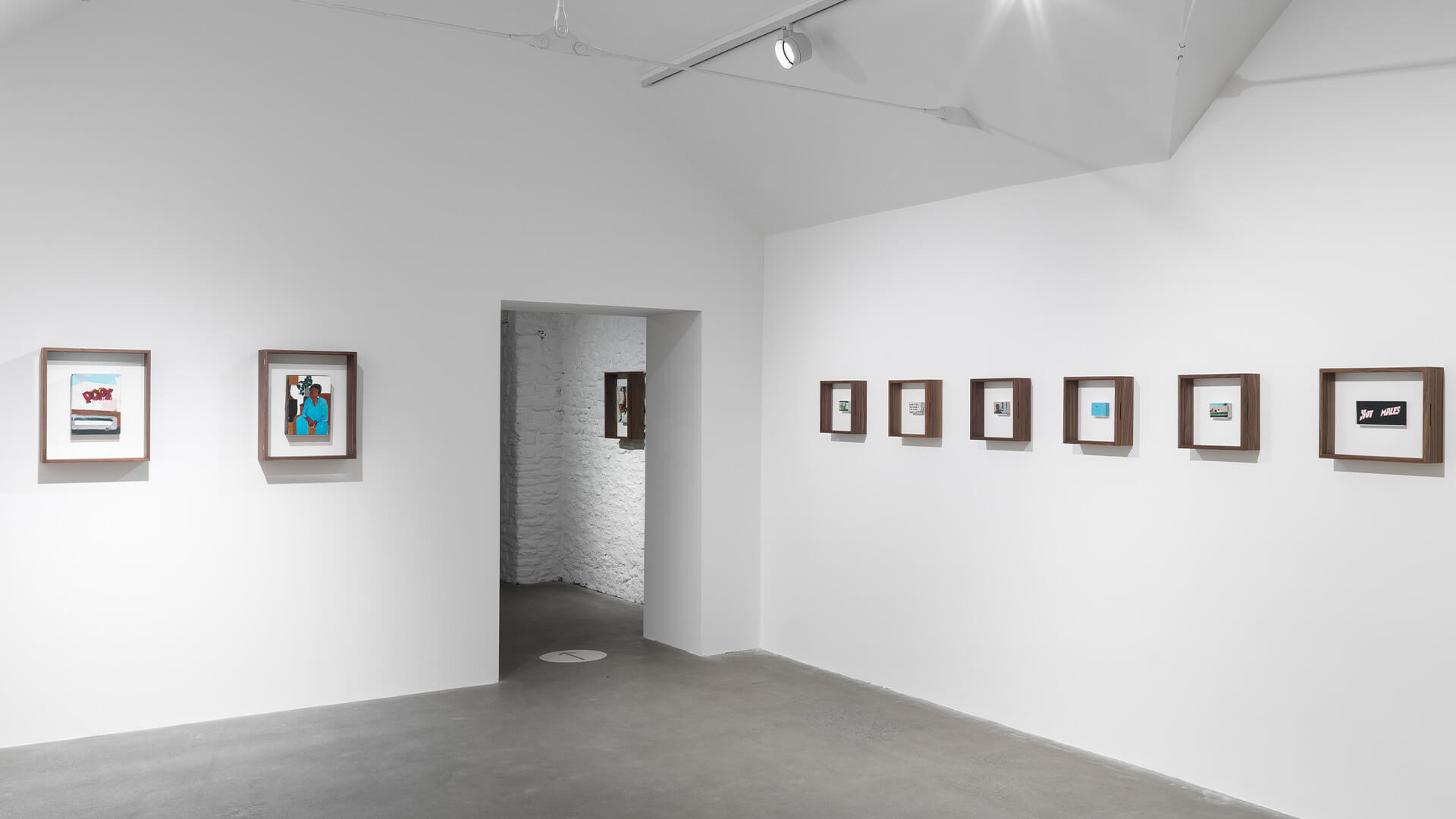
A series of miniature box paintings in the Pigsty gallery act as a conduit between Taylor’s painting and sculpture, serving as a continuous thread in his studio practice. This will be the first time these works have been presented on a scale of this size in Europe. The earliest, made in the 1990s while Taylor was still a student, are painted on cigarette, cracker, and cereal boxes, surfaces that were on hand at the time. Acting as fleeting thoughts and records, the miniature works span intimate domestic scenes to prison visits and playful reinterpretations of the boxes’ original logos. Tactile, expeditious, and recognizable, Taylor repurposes the box both as substrate and subject.
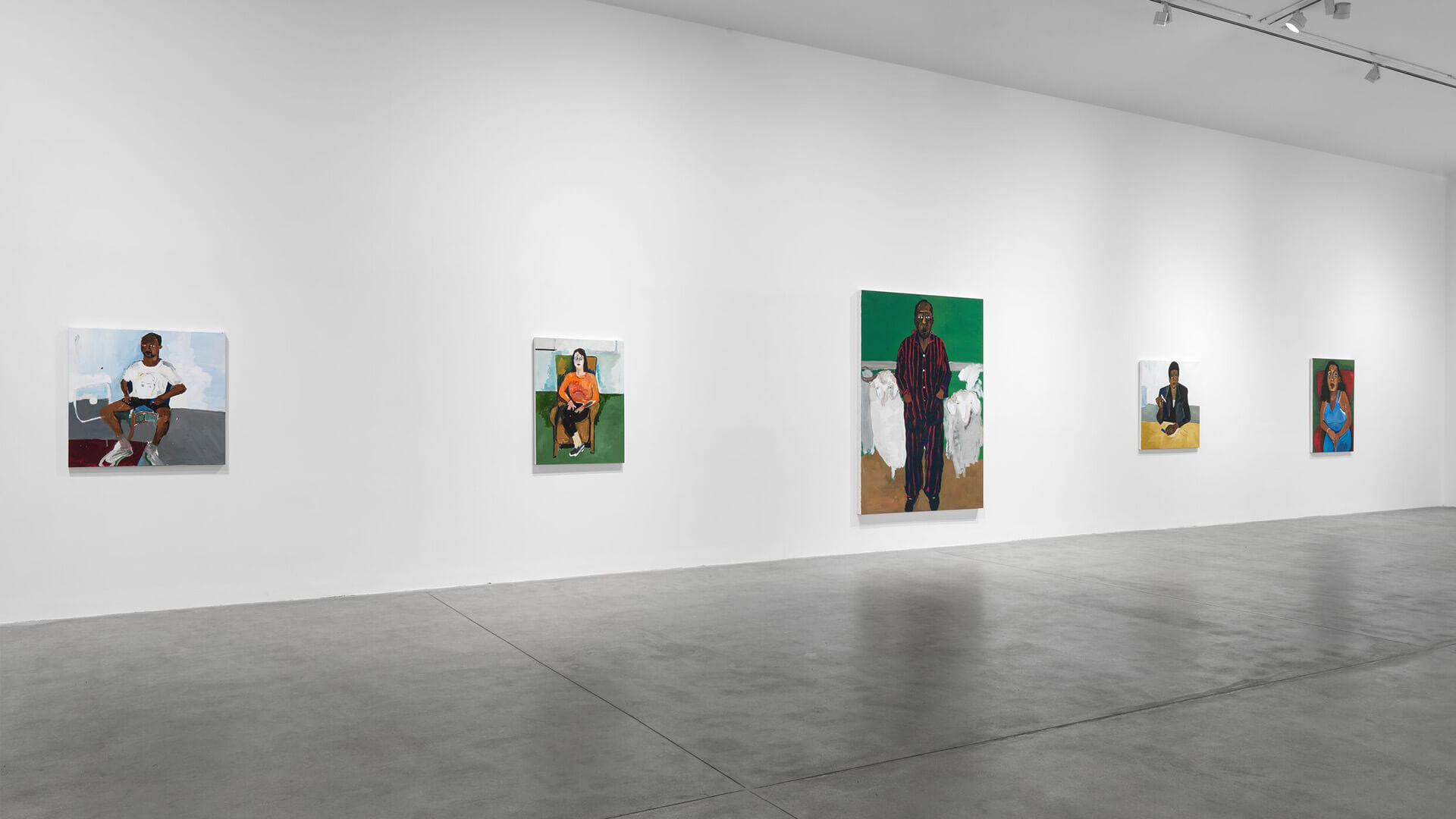
In preparation for the exhibition, Taylor extended and unraveled his studio practice within the galleries at Hauser & Wirth Los Angeles, followed by an artist residency at Hauser & Wirth Somerset this winter – energetically building, stacking and affixing a vast array of collected objects together to create a holistic record of his everyday routine and the materials that define them. With a guiding sense of human connection, Taylor layers reoccurring visual cues associated with his own personal experiences and broader cultural references that lead us through a multifaceted narrative in sculpture and painting.
Ahead of the exhibition, Henry Taylor spent the winter months in Bruton, Somerset, as artist-in-residence. Working in the studio through the national lockdown, Taylor’s gaze turned inwards, creating new self-portraits such as his depiction as Henry V, a play on his childhood nickname.

Repetitive objects connected to voyage, sense of place and locality evolve from the first to the last gallery, alongside materials synonymous with Taylor such as heavily painted black milk bottles, a wall sculpture made of toilet paper rolls and a return to horses as a symbol of freedom and power, or alternatively of power restrained and fenced in. Taylor’s heightened awareness of art historical predecessors is continually prevalent throughout, ranging from references to Philip Guston, Bob Thompson, Yayoi Kusama, Louise Nevelson and Cy Twombly.

Several miniatures exist more fully in the realm of sculpture, with painting extending across multiple sides, whilst others act as a starting point for the manifestation of large-scale works. Such is the case for Taylor’s first outdoor bronze sculpture placed within Oudolf Field, relating to a conversation he had with his older brother Randy in the 1980s. Randy was a founding member of the Black Panther Party’s Ventura County, California chapter and was faced with an explicit bumper sticker using a racial slur. The story of this encounter stayed with Taylor and was realized in both a miniature work in the Pigsty gallery and the more recent outdoor bronze.
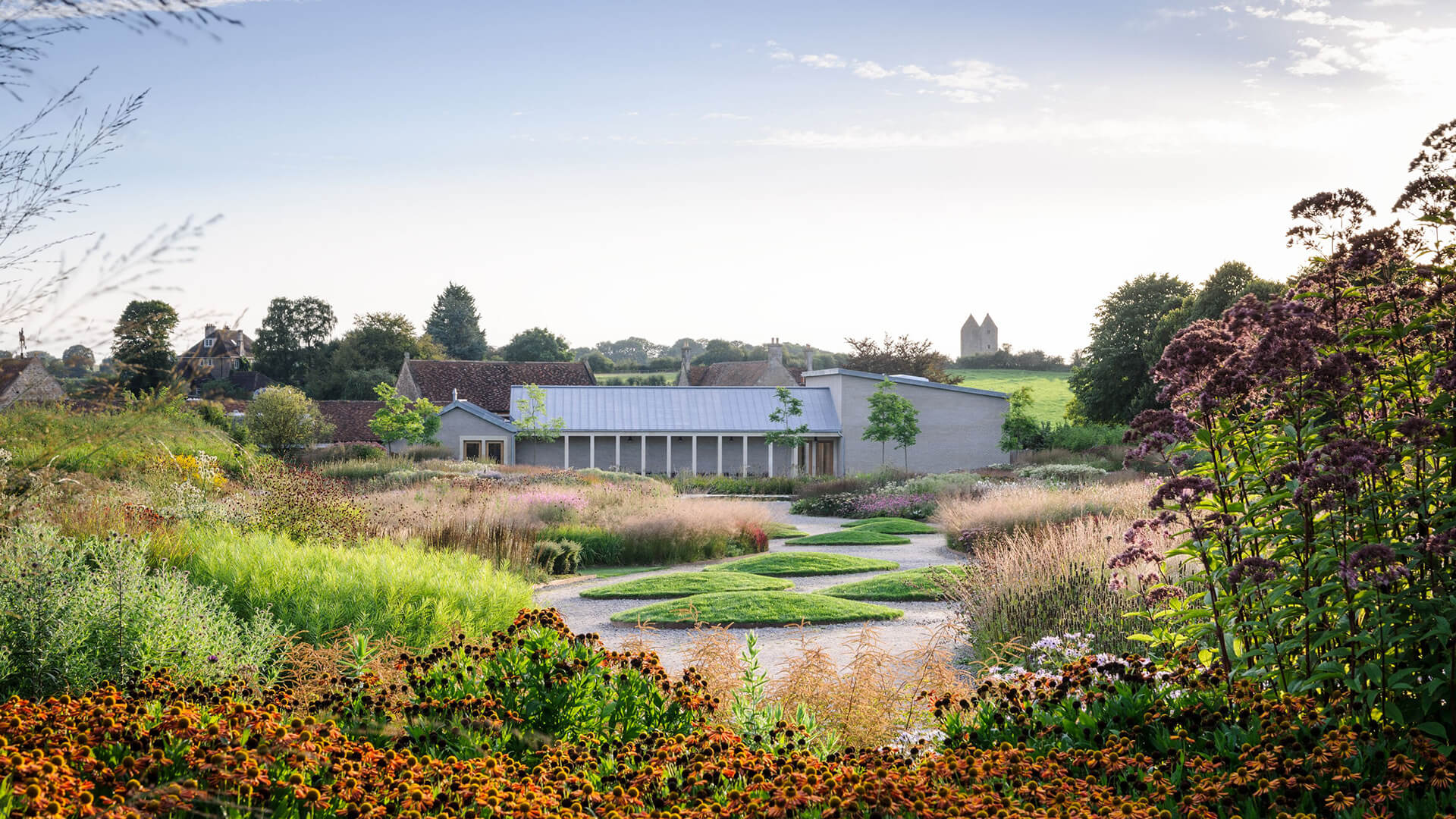
On view in Somerset
The gallery is open to the public Tuesday to Sunday, 10 am to 5 pm. In order to share a safe and positive experience, we ask that you book a timed reservation and read our Visitor Guide in full before you arrive.
About the Artist
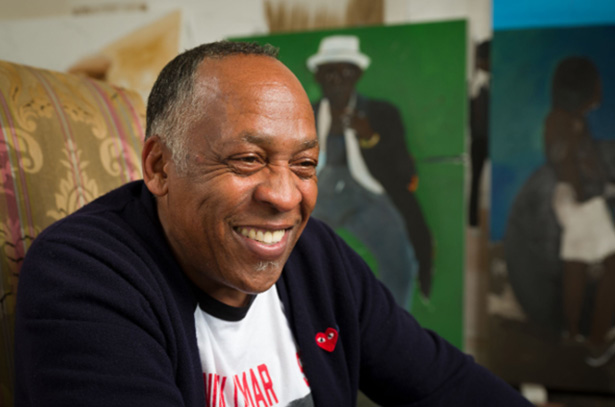
Henry Taylor
Inquire about available works by Henry Taylor
In 2018, Henry Taylor was the recipient of The Robert De Niro, Sr. Prize in 2018 for his outstanding achievements in painting. Taylor’s work was presented at the Whitney Biennial at the Whitney Museum of American Art, New York NY in 2017 and the 58th Venice Biennale, Venice, Italy in 2019.
Taylor’s work is currently featured in the group exhibition ‘i’m yours: Encounters with Art in Our Times’, at the Institute of Contemporary Art Boston, Boston MA and will feature in a forthcoming group exhibition, ‘Grief and Grievance: Art and Mourning in America’ at New Museum, New York NY from 27 January 2021. The Museum of Contemporary Art, Los Angeles CA is preparing a major survey exhibition of his work for 2022.
–
In accordance with recent government guidance, the gallery will reopen on 13 April.
Related Content
Current Exhibitions
1 / 12
